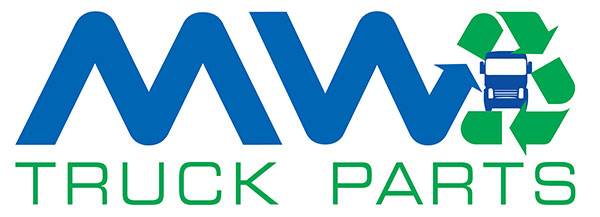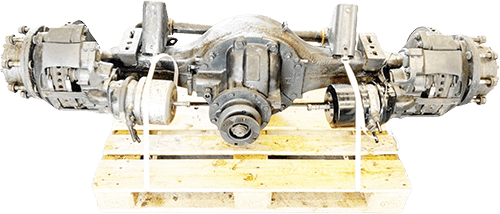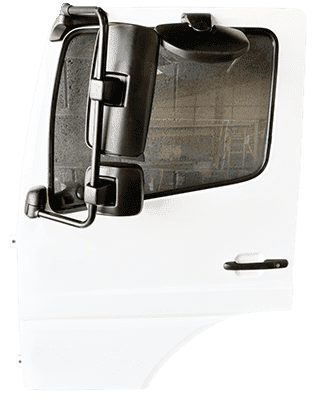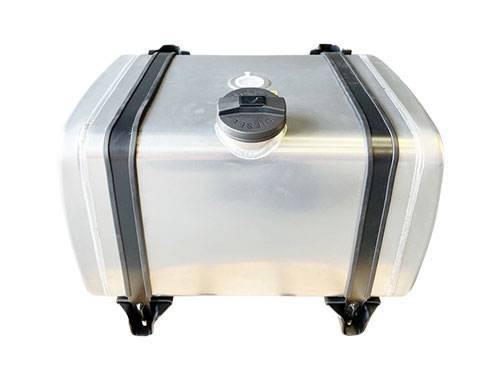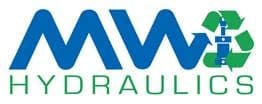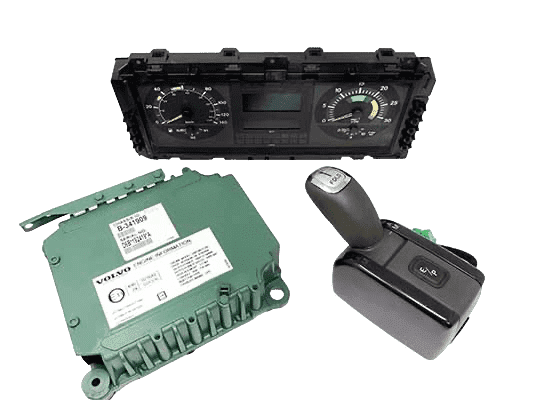Truck hydraulics are the powerhouses behind commercial vehicle operations, from tipping trailers to operating cranes.
Each hydraulics system is purpose-built for load, intensity, and control to perform a specific job for thousands of cycles.
From the outside, it’s easy to see the basic components of hydraulics and hear that trademark powerful whine, but the parts and components in the system are usually hidden and known only by the people who operate them.
We’re lifting the lid on that today with a rundown of the hydraulic parts in truck hydraulic systems. You can also find truck hydraulics for sale here.
Cab controls
These include joysticks or paddle levers for intuitive multi-function control.
Some modern systems have LED displays indicating active flow paths and system status, although such features aren’t always relevant.
Auxiliary switches handle PTO engagement and other critical functions, ensuring complete control over hydraulic accessories.
Control valves
Valves sit between the control unit and pump, directing the pressure and direction of hydraulic fluid for the smooth operation of various accessories. A common type, spool valves, can route oil in up to six different directions.
Related: Control valves guide
Pressure-compensating valves protect system components by relieving excessive force buildup. For applications requiring precise control, proportional valve banks offer infinitely variable metering of hydraulic flow.
Tanks
Tanks store the hydraulic fluid for wet kits and other accessories. They can be side—or rear-mounted rectangular tanks that sit underneath the truck body or between vehicle sections.
An alternative configuration is an oil barrel, or drum, stacked on a flat body and secured with straps – you can also line these up for massive capacity.
PTOs
The Power Take-Off (PTO) links your truck’s drivetrain and hydraulic system, mounting directly to the transmission to convert the engine’s rotational force into power for hydraulics.
Related: A guide to PTOs
Durable designs allow PTOs to withstand gruelling duty cycles, with features like enclosed oiling circuits to cool and lubricate internal gears.
Wet kits (single and dual line)
Single-line kits, the most basic type, use one hydraulic line for pressure and return flow for essential hydraulic equipment.
Related: An expert guide to wet kits
Dual-line kits, employing separate pressure and return lines, offer greater control and are ideal for powering individual tools like cranes or compressors.
Both wet kit types integrate all necessary components – pump, reservoir, valving, and hosing – into ready-to-run packages.
Pumps
Pumps generate the pressurised flow that gives wet kits their impressive power—you can buy them separately to upgrade a wet kit.
Heavy-duty gear pumps offer economical yet robust performance and can handle demanding applications like dump truck bodies.
Related: Hydraulic oil pump guide
With their precise oil displacement, piston pumps provide ultra-smooth control for truck hydraulics. Some advanced pumps feature variable displacement, allowing flexible output for delicate operations.






